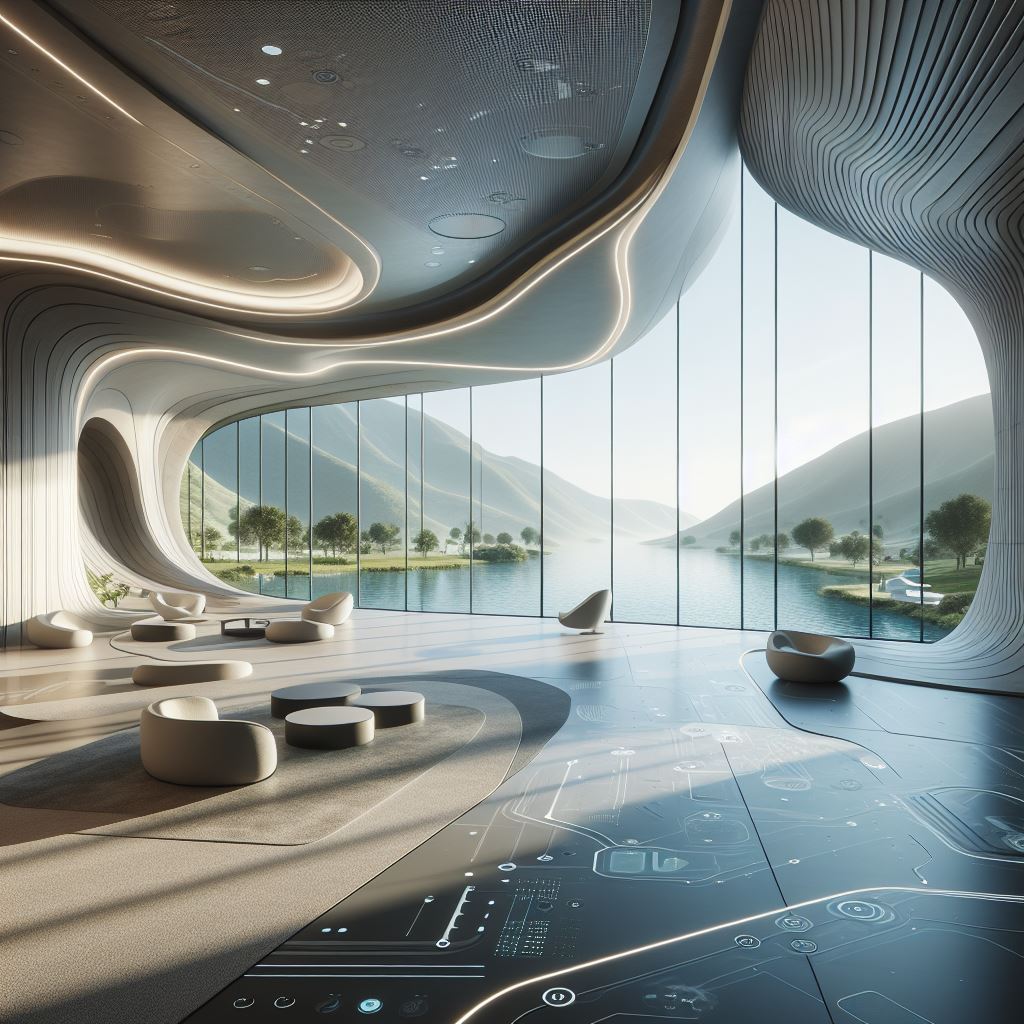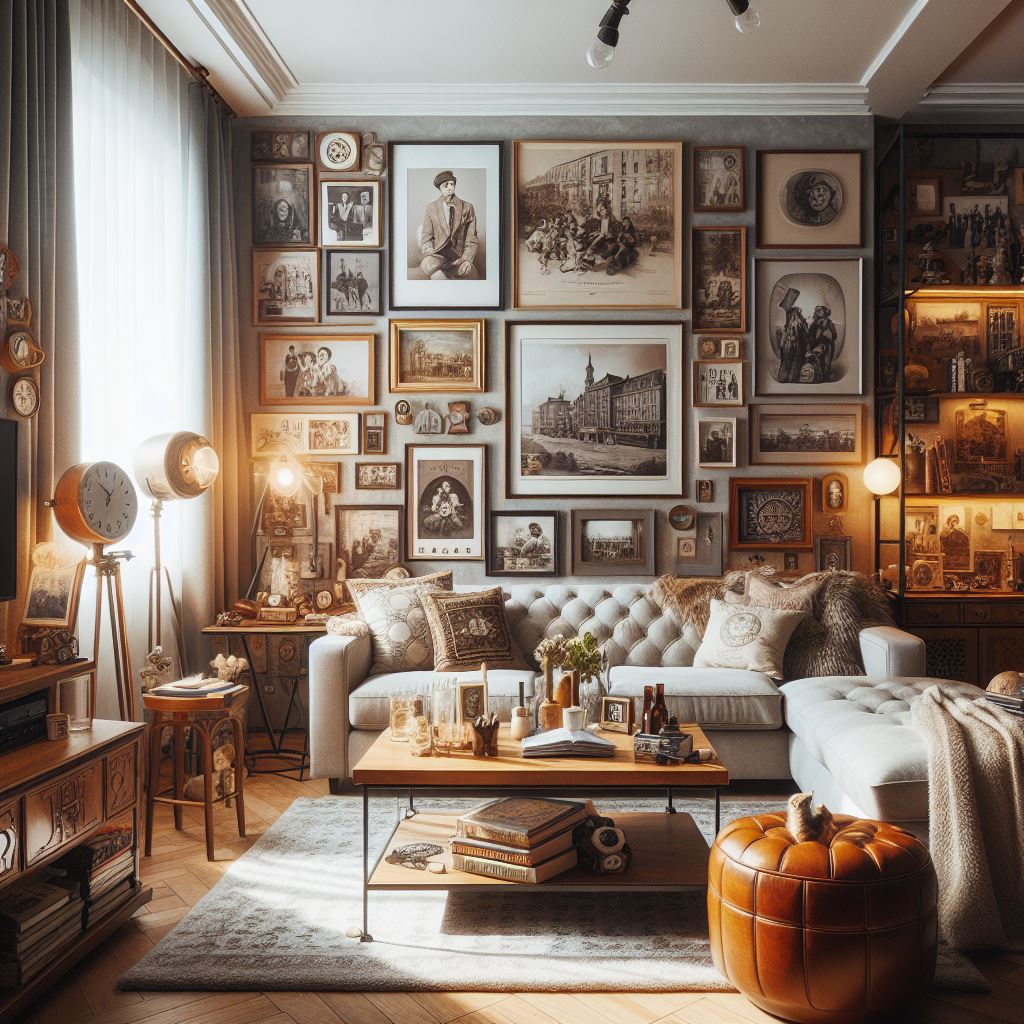The Basics of Color Psychology
At its core, color psychology examines how colors evoke emotions, influence behaviors, and shape perceptions. Whether consciously acknowledged or not, colors possess the remarkable ability to elicit specific emotional responses and convey subtle messages. However, the effects of color are not universal and can vary significantly depending on cultural background, personal experiences, and environmental context.
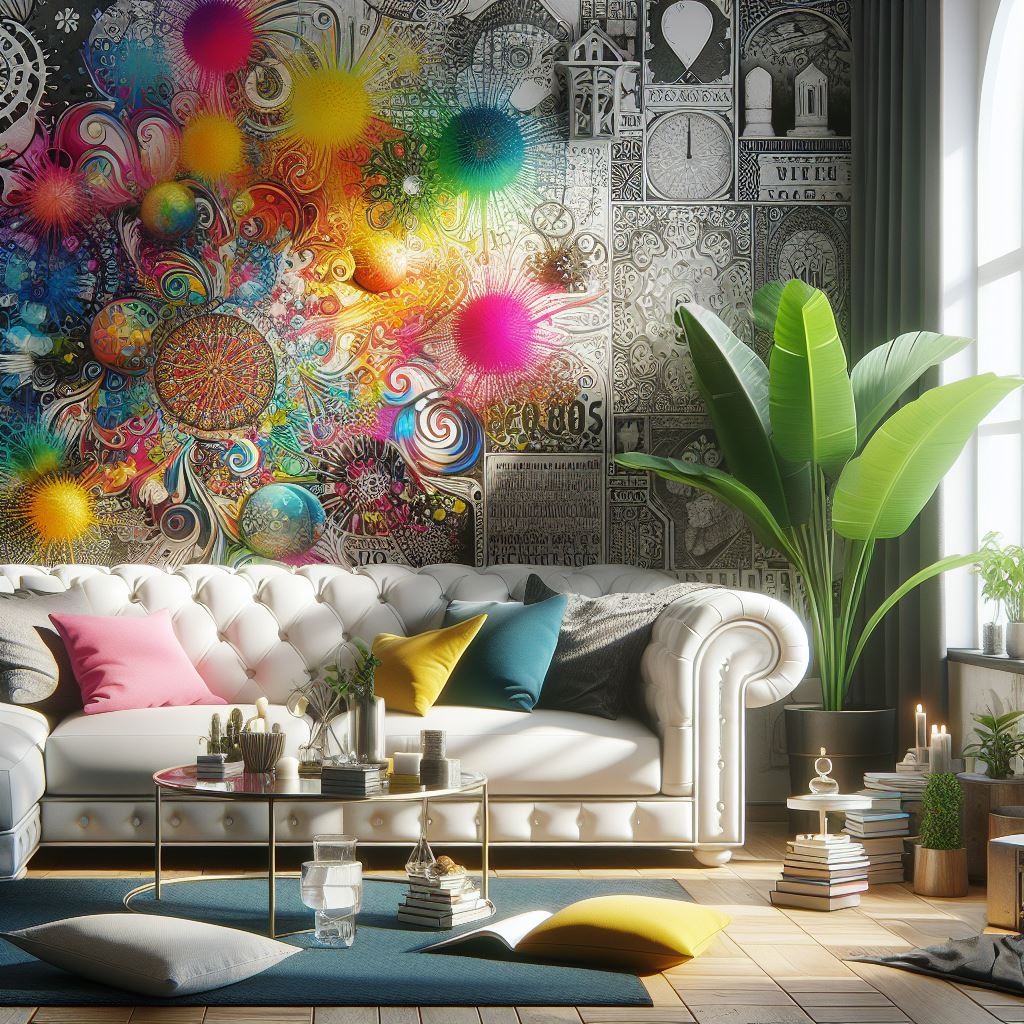
The Power of Warm Colors
Warm colors such as red, orange, and yellow are known for their ability to evoke feelings of energy, passion, and warmth. In design, these hues are often used to create vibrant and dynamic spaces that stimulate the senses and foster a sense of vitality. From fiery red accent walls to sunny yellow accents, warm colors inject a sense of liveliness and optimism into any environment.
The Calming Influence of Cool Colors
In contrast, cool colors such as blue, green, and purple are renowned for their calming and soothing properties. These hues evoke feelings of tranquility, serenity, and relaxation, making them well-suited for spaces designed for rest and rejuvenation. Whether used in the form of serene blue bedroom walls or lush greenery in a meditation room, cool colors have the power to instill a sense of peace and harmony.
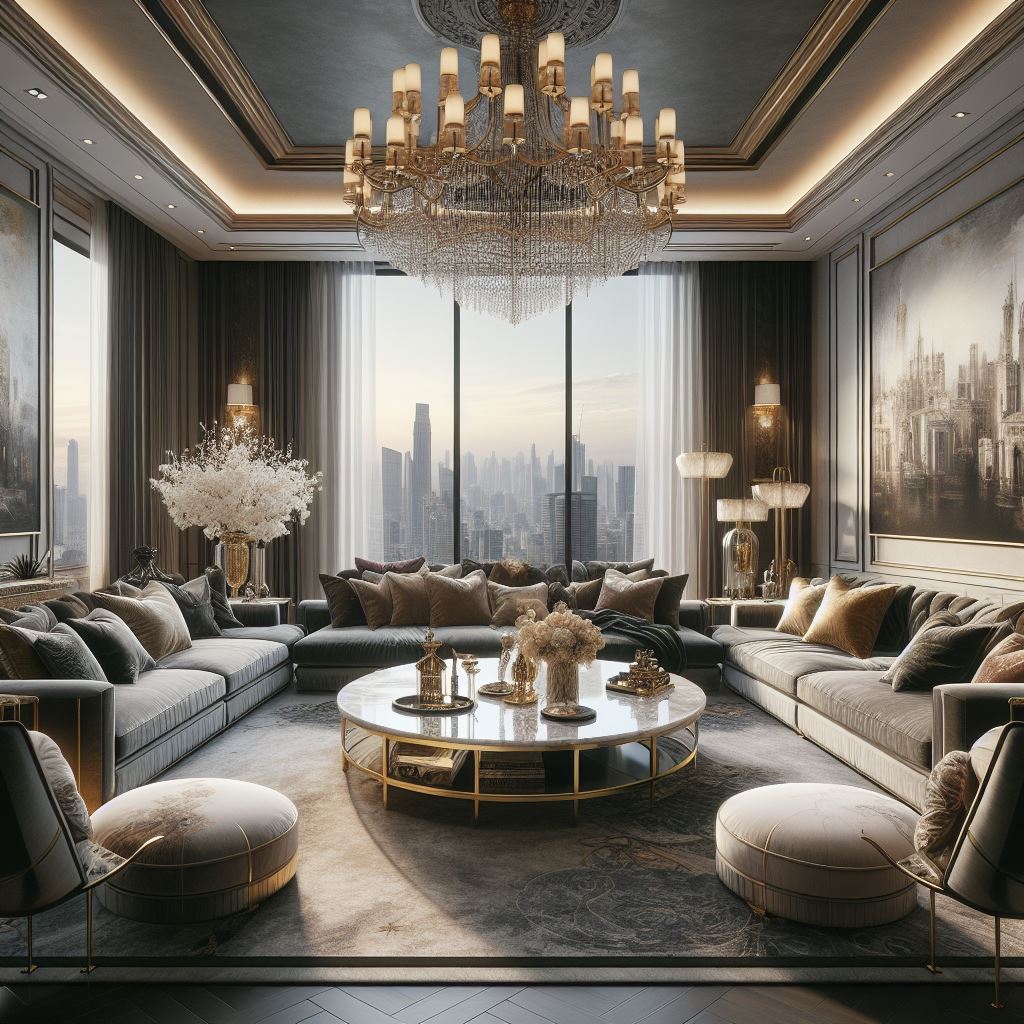
Neutral Colors: Versatility and Balance
Neutral colors, including shades of white, beige, and gray, serve as the backbone of many design palettes due to their unmatched versatility and timeless appeal. These understated hues provide a sense of balance and sophistication, allowing other elements within a space to shine. Whether used as a backdrop for vibrant accents or as the main color scheme, neutral tones add a sense of understated elegance to any design.
The Impact of Color Saturation and Intensity
In addition to hue, saturation, and intensity play crucial roles in shaping the emotional impact of colors. Saturation refers to the purity or intensity of a color, with highly saturated hues appearing more vibrant and intense. By adjusting saturation levels, designers can create dramatic effects or subtle nuances within a space, influencing the overall mood and atmosphere.
Color Symbolism and Associations
Colors are imbued with cultural meanings and associations that can evoke specific emotions and convey symbolic messages. For example, red is often associated with passion, love, and energy, while blue is linked to calmness, stability, and trust. Understanding these symbolic associations allows designers to leverage color effectively to communicate desired themes and concepts within their designs.
Applying Color Psychology in Design
Applying color psychology in design involves selecting the right color palette to achieve specific goals and objectives. Whether designing a restaurant to stimulate appetite or a spa to promote relaxation, choosing the appropriate color scheme is paramount. Mood boards, color psychology research, and client consultations are valuable tools for guiding the color selection process and ensuring alignment with project objectives.
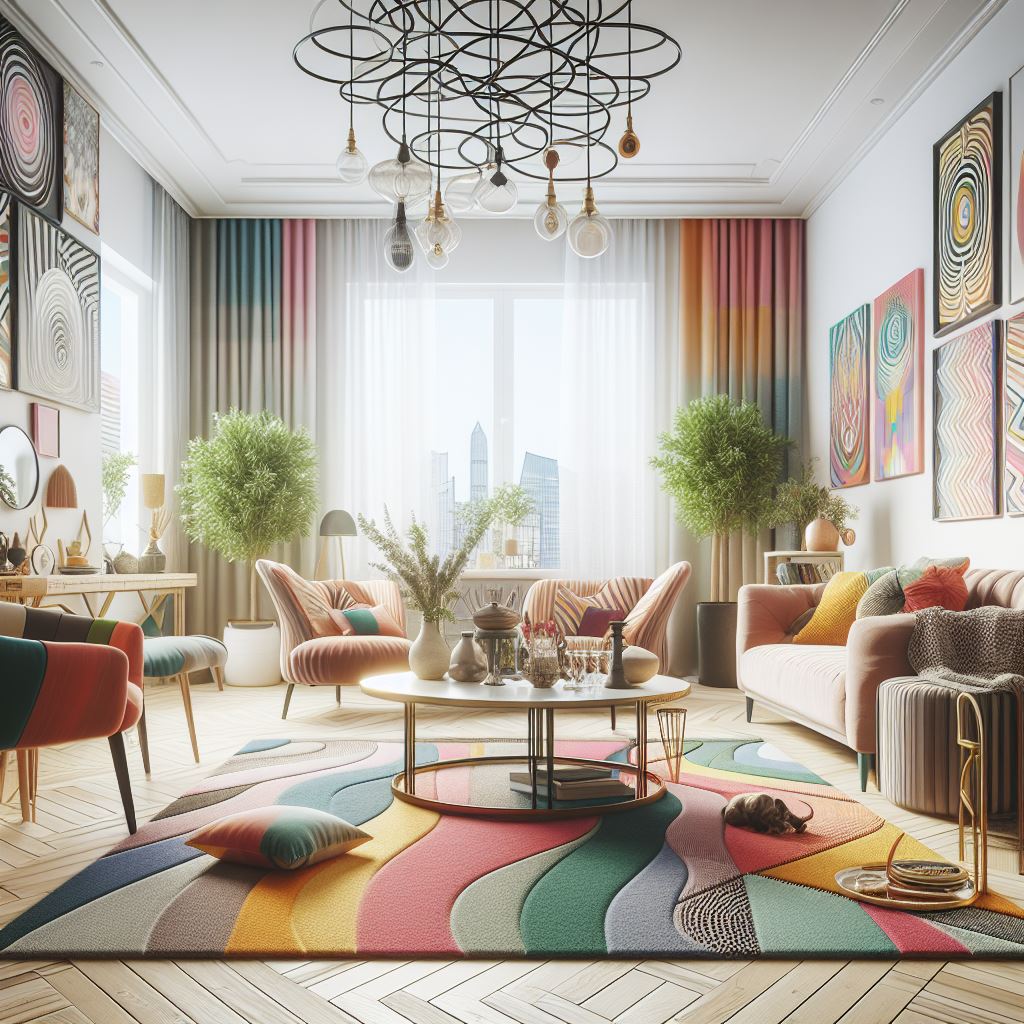
Case Studies: Successful Applications of Color Psychology
Examining real-life examples of well-designed spaces provides valuable insights into the practical application of color psychology in design. From vibrant coworking spaces that foster creativity to serene wellness retreats that promote relaxation, these case studies showcase the transformative power of color in shaping user experiences and perceptions.
Challenges and Considerations
Despite its undeniable impact, applying color psychology in design is not without its challenges. Designers must navigate client preferences, project constraints, and cultural sensitivities to create cohesive and impactful color schemes. Flexibility, creativity, and open communication are essential for overcoming these challenges and achieving successful outcomes.
Tools and Resources for Designers
Fortunately, a plethora of digital tools and resources are available to assist designers in their quest to leverage color psychology effectively. From color palette generators to online courses on color theory, these resources provide valuable support and guidance for designers at every stage of the design process.
Future Trends in Color Psychology
As design trends continue to evolve, so too will the role of color psychology in shaping the built environment. Emerging trends such as biophilic design, minimalist aesthetics, and sustainable practices are likely to influence color preferences and usage in the years to come. By staying informed and adaptable, designers can remain at the forefront of these developments and create spaces that resonate with contemporary sensibilities.
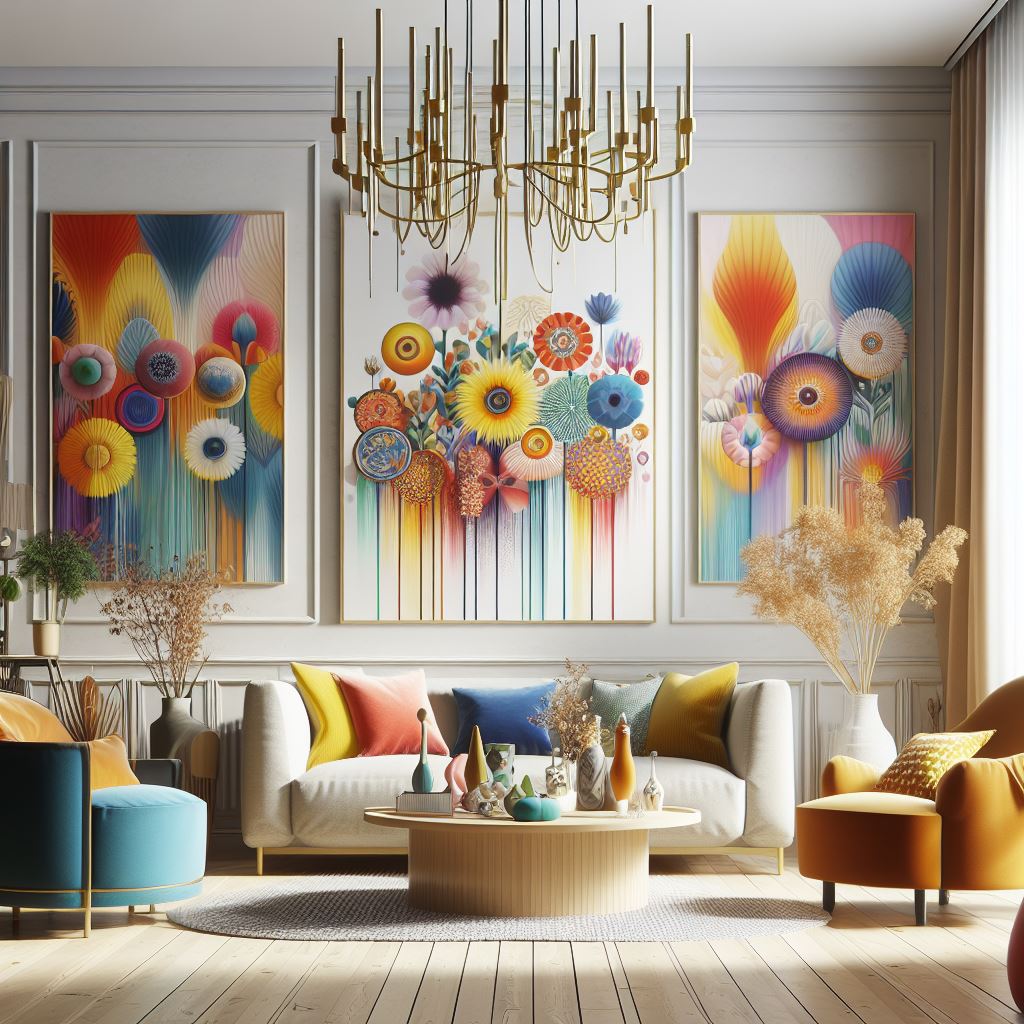
Conclusion
In conclusion, color psychology plays a pivotal role in design, influencing the way we perceive, experience, and interact with our built environment. By understanding the emotional and symbolic impact of colors, designers can create spaces that not only look visually appealing but also evoke desired emotions and responses in users. As we continue to explore and innovate in the field of design, color psychology will remain an invaluable tool for creating memorable and meaningful experiences.
FAQs (Frequently Asked Questions)
- How can I determine which colors are best suited for my design project? Start by considering the purpose and intended atmosphere of the space. Warm colors are ideal for creating energy and vibrancy, while cool colors promote relaxation and calmness. Experiment with different color combinations to find the perfect palette for your project.
- Are there any universal rules for using color in design? While there are no strict rules, certain principles such as color harmony, contrast, and balance can guide your color choices. Pay attention to the context and cultural associations of colors to ensure your design communicates the intended message effectively.
- What should I do if my client has specific color preferences that don’t align with my design vision? Communication is key. Take the time to understand your client’s preferences and the reasons behind them. Offer alternatives and explain the potential impact of different color choices on the overall design concept. Collaboration and compromise are essential for achieving a successful outcome.
- How can I stay updated on the latest trends and developments in color psychology? Keep an eye on industry publications, attend design conferences and workshops, and engage with online communities of designers and color enthusiasts. Follow influential designers and thought leaders on social media platforms for insights and inspiration.
- What role does lighting play in color perception and design? Lighting significantly impacts the way colors are perceived in a space. Natural light enhances color saturation and clarity, while artificial lighting can alter color tones and create different atmospheres. Consider the type, intensity, and direction of light when selecting colors for your design scheme.
